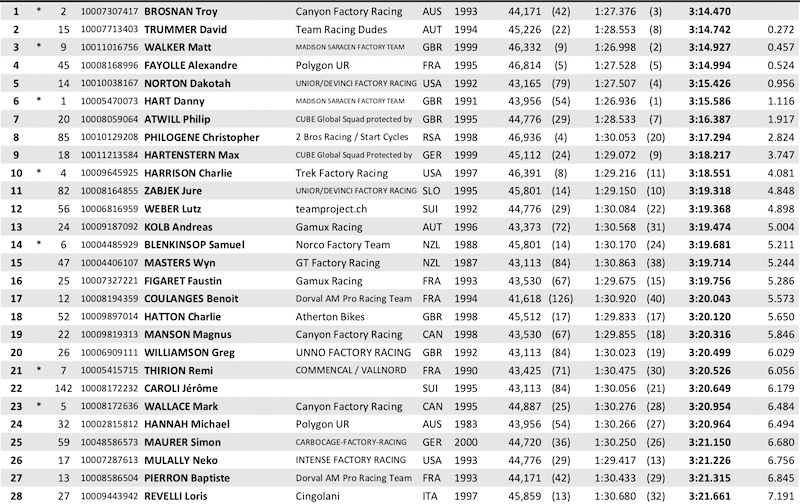
Revolutionizing Space Exploration: NASA’s Space Technology Mission Directorate Funds Innovative Projects
NASA’s Space Technology Mission Directorate is funding several innovative projects that have the potential to revolutionize space exploration and astronomy. One such project is the Great Observatory for Long Wavelengths (GO-LoW), led by Mary Knapp at MIT in Cambridge, Massachusetts. This mega-constellation low-frequency radio telescope consists of thousands of autonomous SmallSats that can measure magnetic fields emitted from exoplanets and during the cosmic dark ages.
Another project funded by NASA’s Space Technology Mission Directorate is the Radioisotope Thermoradiative Cell Power Generator. This technology aims to explore new in-space power sources that could operate more efficiently than current NASA power generators. This could lead to smaller exploration and science spacecraft in the future that can’t carry large solar or nuclear power systems. The project is led by Stephen Polly at the Rochester Institute of Technology in New York.
The FLOAT: Flexible Levitation on a Track is a lunar railway system being developed to provide reliable, autonomous, and efficient payload transport on the Moon. This rail system could support the daily operations of a sustainable lunar base as early as the 2030s. Ethan Schaler is leading the FLOAT project at NASA’s Jet Propulsion Laboratory in Southern California.
ScienceCraft for Outer Planet Exploration is an innovative project that aims to distribute Quantum Dot-based sensors throughout the surface of a solar sail, allowing it to function as a cutting-edge imager. By leveraging quantum physics, NASA hopes to take scientific measurements by studying how the dots absorb light. This technology would enable lighter and more cost-effective spacecraft to carry imagers across the solar system. The ScienceCraft project is led by Mahmooda Sultana at NASA’s Goddard Space Flight Center in Greenbelt, Maryland.
The NIAC program, funded by NASA’s Space Technology Mission Directorate, is responsible for developing new cross-cutting technologies and capabilities to achieve the agency’s present and future missions. To learn more about the NIAC program and the 2024 Phase II studies, visit:

